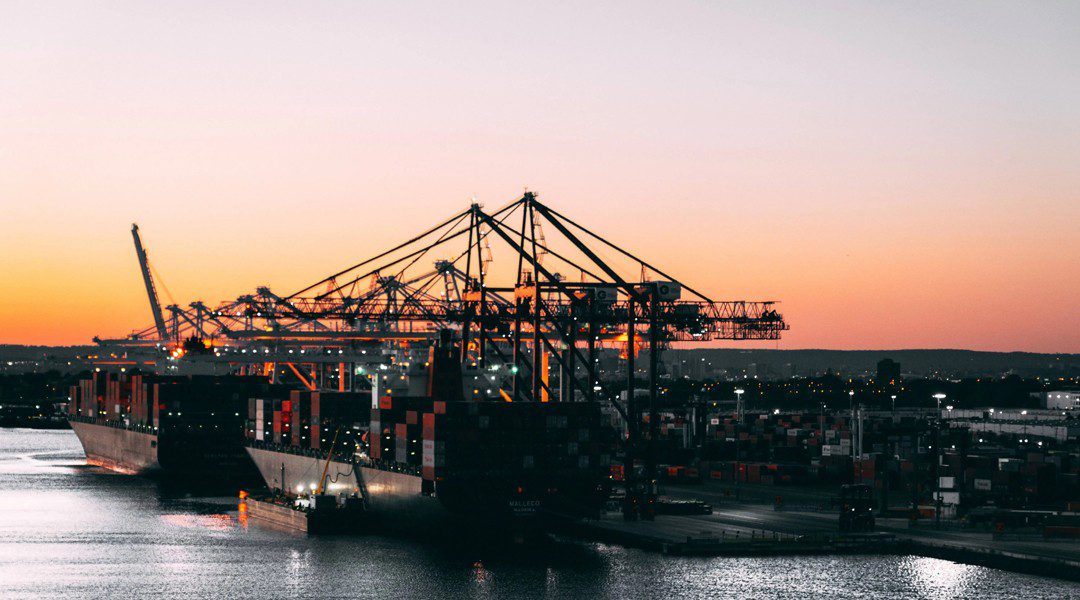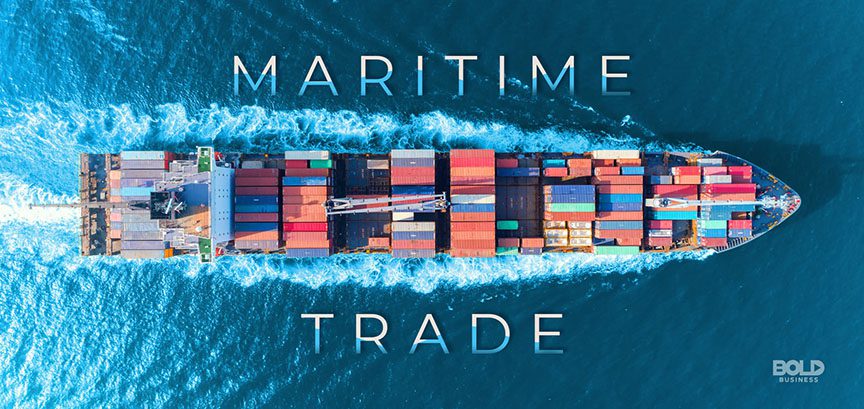What is the background of the new Solid Bulk Cargo (SBC(1)) class notation?
During the 1990s a number of bulk carriers were lost at sea. In some cases human lives were lost as well. Investigations revealed a number of causes: lack of maintenance, insufficient structural strength of the ships in flooded condition, inadequate design loads, and bulkheads which were too weak and poorly maintained. Furthermore, what aggravated some of these incidents was the fact that water had entered hull spaces without the crew noticing. Different regulatory measures, among them a new SOLAS Chapter XII for bulk carriers which took effect in 2006, reduced the number of incidents. But since bulkers aren’t the only ships carrying bulk cargo, Resolution MSC.277(85) was developed by IMO to extend some of the safety requirements of SOLAS Chapter XII to include general cargo vessels which occasionally carry bulk cargo. It is not a mandatory regulation, however. Flag state administrations are free to decide whether to require compliance or not. To support flag states and its customers in implementing Resolution MSC.277(85), DNV developed its new class notation SBC(1), which has been available since July 2022.
What specifically do SOLAS Chapter XII and Resolution MSC.277(85) call for?
SOLAS Chapter XII specifies that cargo holds must be designed strong enough to allow the loading and discharge of bulk cargo using standard equipment without suffering any damage. It also contains specifics about the connections between the side shell structure and the rest of the hull, and it says that the stiffeners of the cargo hold must be strong enough to preserve the structural integrity of the hull even if one stiffener fails. Resolution MSC.277(85) clarifies what constitutes a “bulk carrier” and states that some of these requirements also apply to general cargo ships which occasionally carry dry bulk cargo. Just to pick out a few specifications in the resolution: it calls for a minimum double skin breadth, which is important for inspection access; a water ingress alarm system which makes sure that the crew is alerted immediately; and the availability of a water pumping system to remove water from the double hull spaces.
What does the new SBC(1) class notation intend to accomplish?
DNV’s voluntary class notation SBC(1) is intended for multipurpose vessels and general cargo ships which occasionally carry bulk cargo. It incorporates the requirements from MSC.277(85) in Part 6 of the DNV shipbuilding rules, enabling DNV customers to demonstrate compliance to flag states which have made these requirements mandatory. This means that on ships sailing under these flags, the SBC(1) rules must be implemented, and compliance will be checked on every newbuilding project.
What are the benefits of the class notation for shipowners?
The class notation makes multipurpose and general cargo ships carrying dry bulk cargo safer – implementing these rules will protect the people on board, the cargo and the ship itself, and avoid costly repairs. Requirements like the cargo hold reinforcements for grab use or wider double skin spaces for better accessibility are hard to implement once a vessel has been built, so making use of this option right from the start is a smart decision. When owners decide to change flag, they are on the safe side with this class notation because they can be confident that their vessel will meet the expectations of the new flag state, which may require compliance eventually. So the SBC(1) class notation is an attractive offer to both owners and flag states. We are in the process of further developing this class notation, introducing SBC(2) which would show full compliance with all SOLAS Chapter XII requirements for dry cargo ships.





